
The design project of your own suburban area should begin with the analysis of the territory. One of the first steps in its implementation is the assessment of soil fertility and soil composition. We will talk about how to conduct this assessment yourself.
To begin with, it should be noted whether the soil cover has been preserved: it happens that after construction, a significant part of the area of the land plot is occupied by clay from the pit, construction debris, piles of sand and frozen concrete. This should be taken into account, then to calculate the actual amount of excavation.
Evaluate woody vegetation
The next step is to try to assess the soil fertility of the site. Even if you do not understand the soil at all, the nature of the surrounding vegetation can be of great help. Look closely at the trees on the site or in the nearby forest: Pinus usually prefers light soils, sandy or sandy loam; Picea settles on heavier, loamy and clay soils; Alnus and Salix are common usually near rivers and streams, often-on waterlogged soils with close groundwater; Tilia, Acer and Quercus as quite demanding breeds grow well on rich, sufficiently moist soils.

What will tell the grassy cover?
Much can be said about the soil and composition of herbaceous vegetation. It is known that Ranunculus, Rumex acetosella, Equisetum, Oxalis and Plantago are more common on acidic substrate.

Indicators of weakly acidic and neutral soil reaction are Elytrigia, Convolvulus, Tussilago farfara, Asarum and Geum.
Rich, humus soils with high nitrogen content are indicated by Urtica, Aegopodium podagraria, Pulmonaria, Impatiens and Asperula.

Indicators of wetland soil can serve as Sphagnopsida, Carex, Juncus, Typha, and flowering in spring yellow flowers Caltha.
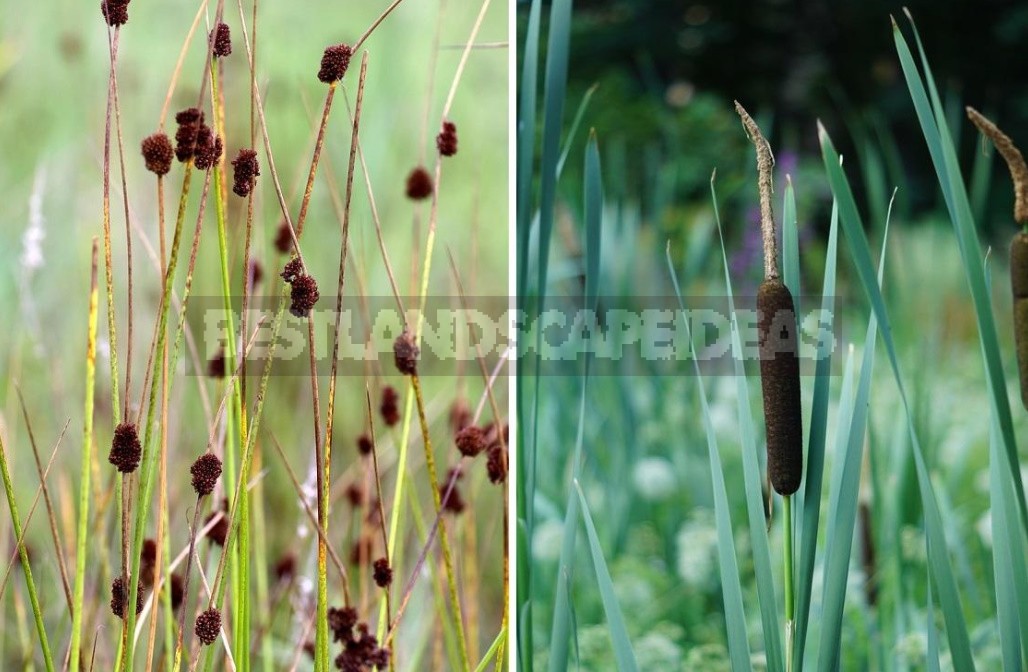
Determine the mechanical composition
The most important indicator of soil along with acidity, nitrogen content and other nutrients is its mechanical composition, reflecting the content of particles in the soil of different fractions: sand, clay and silt.
Many gardeners know that the mechanical composition can be roughly determined by rolling a thin sausage from moistened soil. If it does not crack, curls into a ring, then the soil is clay, if it is strongly cracked-medium loam, if it does not curl into a ring – sandy loam, and if the soil crumbles, even before it has time to roll into a sausage, then this is the easiest, sandy soil.

What soil would be the soil, often depends very much: the drainage of the site, the groundwater level and the presence of perched, supply in soil nutritive elements and its fertility, the volume of imported vegetable soil and the complexity of reclamation works, a list of plants that will be able to grow in the area, and much more. This is really important, so to obtain information on the characteristics of the soil cover on the site, it is advisable to give soil samples for analysis to the agrochemical laboratory and get competent advice.
We measure the groundwater level
The need for planning drainage works on the site is estimated by the level of standing soil and groundwater. For its approximate assessment in the soil dig a hole with a depth of about 1 m. If in the summer not rainy period in this hole, at least at the bottom, water stagnates, drainage will have to be carried out, otherwise many garden objects (for example, an orchard) will become inaccessible.
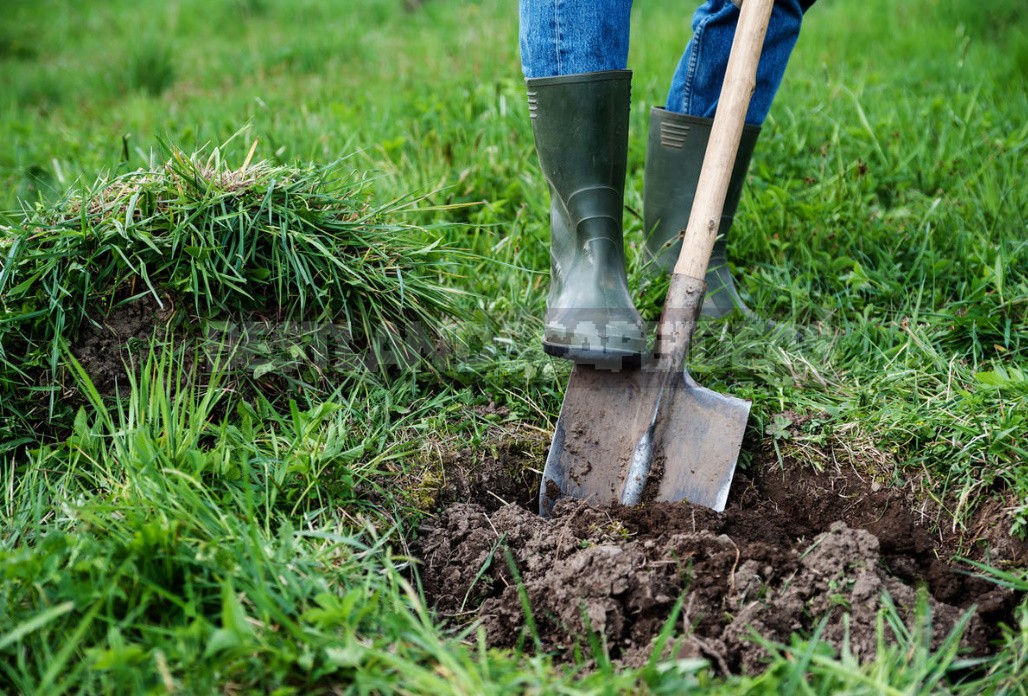
Also, you can independently draft your site, draw its boundaries and main areas, prepare the soil for planting and create a decorative garden.
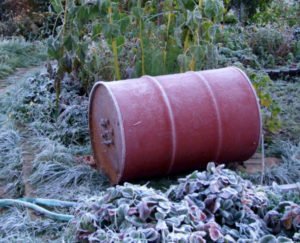
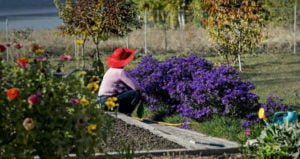
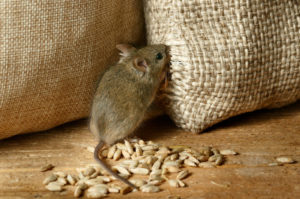

Leave a Reply